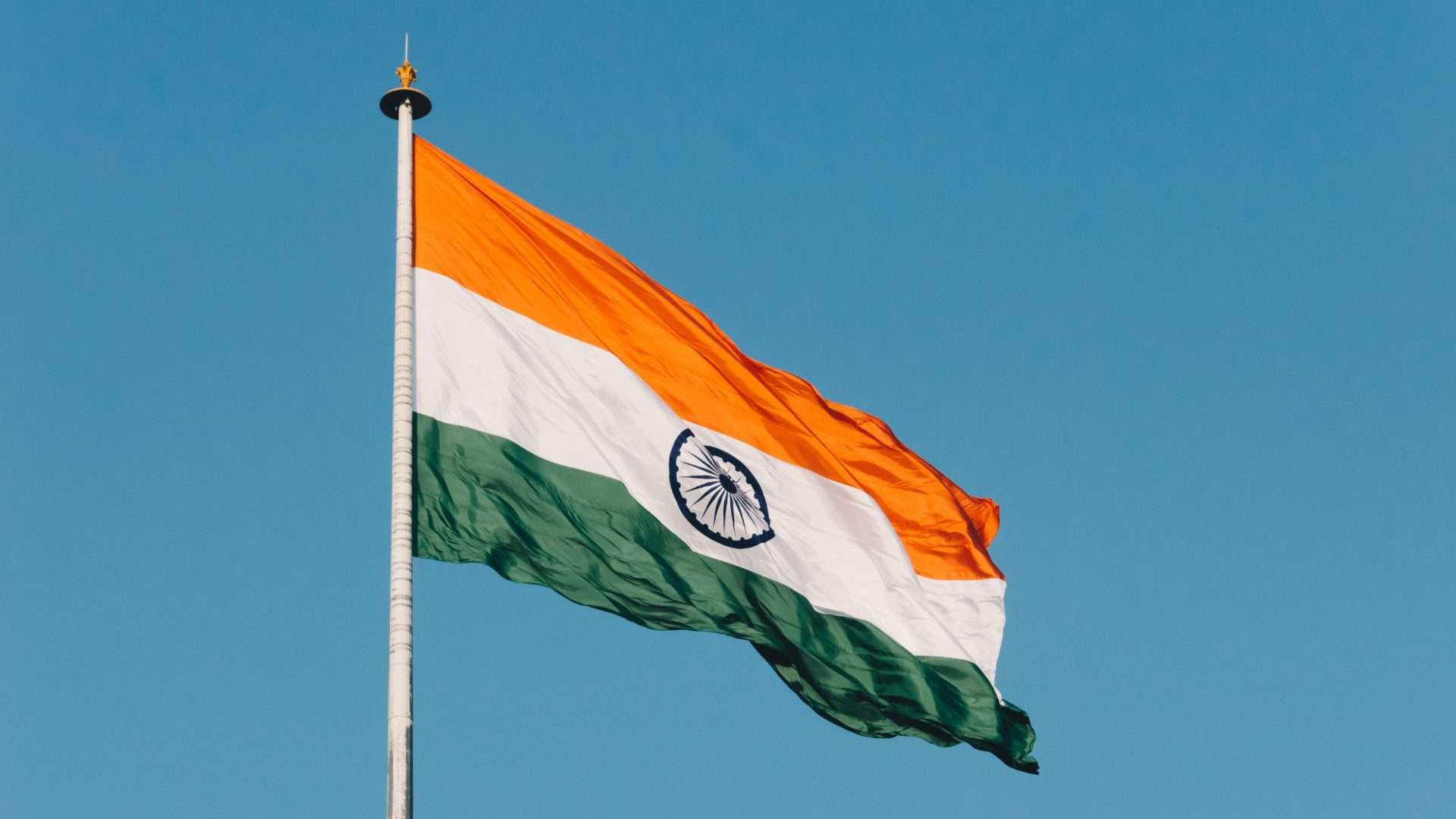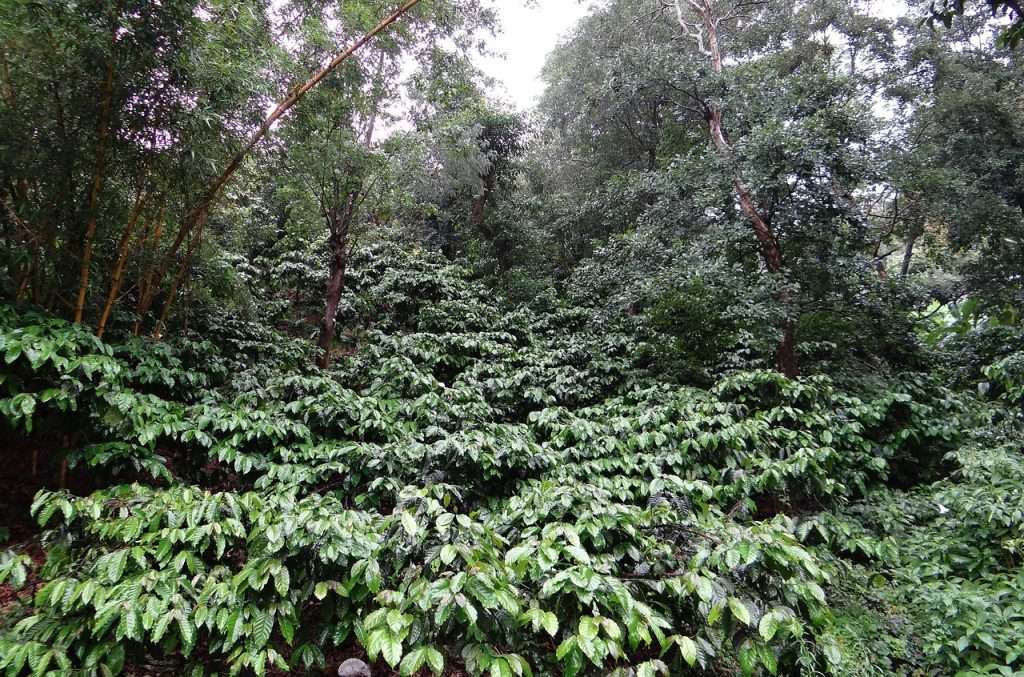Despite the nation’s renowned preference for chai tea, India Coffee Beans is a significant player in the global coffee market, ranking as the world’s eighth-largest exporter with over 600 million tons of coffee annually. This prominence in the coffee industry might seem surprising given the deep cultural roots of tea in India. Yet, the country’s diverse climate and terrain allow for cultivating unique coffee varieties that have garnered international acclaim.
The growth and export of Indian coffee beans reflect a centuries-old rich history of coffee cultivation, highlighting India’s ability to excel in both tea and coffee production on the global stage.

| Category | Details |
|---|---|
| Annual Production | 312,000 tonnes (27.45% Arabica, 72.5% Robusta) |
| Global Market Share | 3.9% |
| World Ranking | 7th |
| Main Varieties | Sarchimor, Kent, Catimor, S 795 |
| Drying Methods | Monsooned, Semi-washed, Wet Process, Dry Process |
History of Indian Coffee Beans
The history of coffee in Southern India is rich with legends, notably that of Baba Budan smuggling seven coffee seeds from Yemen in 1670. His planting of these seeds in Karnataka marked the beginning of coffee cultivation in the region, a practice that flourished under British colonial rule in the 19th century.
However, by the 1870s, the coffee industry faced significant challenges from a surge in tea demand and the devastating effects of coffee leaf rust. This led to a pivotal shift towards researching rust-resistant coffee varieties, ensuring the survival and continuation of coffee cultivation in India.
The Indian government established the Coffee Board of India in 1942 to regulate and promote the coffee industry. This regulation period saw increased coffee production, particularly in the 1990s, when the market was deregulated, allowing for greater flexibility in selling coffee. Despite tea’s dominance in the Indian market, coffee, particularly Robusta, has carved out a significant niche.
Indian Robusta is renowned for its high quality, which is attributed to meticulous cultivation practices that yield beans with distinctive flavors. This makes India a notable player in the global coffee landscape.
Flavor Profile of India Coffee Beans
| Characteristic | Rating |
|---|---|
| Acidity | ☕ |
| Body | ☕ ☕ ☕ ☕ |
| Strength | ☕ ☕ ☕ |
| Sweetness | ☕ ☕ |
The flavor profile of India’s finest coffees often features a heavy, creamy body with low acidity, offering a distinctive yet straightforward taste experience. While not typically complex, these coffees are celebrated for their rich and smooth qualities, making them a unique and enjoyable choice for those who appreciate a robust cup with a velvety texture.
This characteristic flavor sets Indian coffee apart, reflecting the diverse agricultural conditions and dedicated cultivation practices across the country’s coffee-producing regions.
What Varieties Of Coffee Are Grown In India?
India cultivates diverse coffee varieties, spanning Arabica and Robusta species, each contributing unique flavors and qualities to Indian coffee.

Arabica Coffee Varieties:
- Kent: This variety is known for its resistance to coffee leaf rust and yields high-quality beans with a refined flavor.
- Cauvery (known as Catimor): A cross between Caturra and Timor Hybrid, combining good yield and disease resistance.
- S795: Appreciated for its balance and flavor complexity, it is disease-resistant and yields well.
- S228: Though less known, this variety adds to the genetic diversity and flavor profile of Indian Arabica coffee.
Robusta Coffee Varieties:
- S274: Favored for its robustness and intense flavor, it’s highly productive.
- CxR: A unique hybrid known for its adaptability and disease resistance, offering a distinctive flavor profile.
Unique Indian Coffees:
- Monsooned Coffees: Influenced by the monsoon winds and rains, these coffees have a very smooth flavor and a distinctive golden color of their beans.
- Mysore: Considered some of India’s finest coffees, they feature large beans with a strong and intense flavor.
- Robusta Kaapi Royal: Noted for its chocolate nuances, this coffee has dark beans with a bluish tint at the tip, striking at first glance.
Where Is Coffee Grown In India?
India’s coffee cultivation flourishes primarily across four central states:
- Andhra Pradesh
- Kerala
- Karnataka
- Tamil Nadu
Each region is home to several smaller geographical areas known for distinct coffee production characteristics..
Tamil Nadu
As the southernmost state, it’s known as “the land of the Tamils” with Chennai as its capital. Famous for its monumental Hindu temples, it also hosts key coffee-producing areas:
- Pulney is the largest coffee-producing area in the state. It faces challenges like leaf rust, labor shortages, and water scarcity for post-harvest processing. Coffee is grown at 600-2000 meters, with varieties such as S795 and Cauvery.
- Nilgiri: Known for its tribal producers and small land holdings, this region often produces more Robusta than Arabica. It contends with high rainfall and various pests.
- Shevaroy: This area almost exclusively produces Arabica. The land distribution is skewed towards larger estates, contributing to biodiversity and sustainable production concerns.
Karnataka
The leading coffee-producing state in India, home to:
- Bababudangiri: Considered the birthplace of Indian coffee, where Baba Budan planted the first coffee seeds smuggled from Yemen.
- Chikmagalur: Surrounding Bababudangiri, this larger region produces more Robusta than Arabica.
- Coorg: Many plantations here were initiated by the British in the 19th century and now predominantly grow Robusta.
- Manjarabad: Focused more on Arabica, with some farms recognized for the quality of their Robusta through competitions.
Kerala
Accounts for just under a third of the nation’s coffee production, famous for Monsoon Malabar beans and successful in organic production:
- Travancore: Primarily grows Robusta, with some Arabica produced at higher altitudes.
- Wayanad: The low altitude favors Robusta production.
Andhra Pradesh
With the Eastern Ghats providing the necessary altitude for coffee, it produces a smaller but significant amount of mostly Arabica coffee.
Monsooned Malabar
Monsooned Malabar, an exceptional offering among India Coffee Beans, stands as a testament to India’s unique contributions to the global coffee scene. Originating from the monsooned coffee variety, this coffee boasts an extraordinary story tied to the era of long sea voyages. Historically, as ships braved tumultuous journeys to Europe, coffee stored in their holds underwent a natural transformation.
Exposed to moist, salty air, the green coffee beans turned golden, a characteristic cherished by Europeans until the Suez Canal’s opening shortened the travel time, preventing this natural alteration. Indian producers ingeniously replicated this process on land, laying out dried beans during the monsoon months on the Malabar Coast to absorb the humid air, then storing them to maximize exposure to moist, saline conditions. This ancestral technique, still in use today, imbues the beans with their signature golden hue, exceptionally smooth flavor, and an unmistakable aroma of exotic woods.
The Monsooned Malabar coffee undergoes a 3 to 4-month flavor-enhancing process, significantly enlarging the beans and yielding their cherished golden color. This results in a taste profile adored by connoisseurs worldwide, highlighting India’s innovative approach to coffee production.
The unique method ensures that Monsooned Malabar, a jewel among India Coffee Beans, offers a distinct, mild flavor profile and a fragrance reminiscent of exotic lumber, securing its place as one of the finest coffees both in India and globally.
Traditional South Indian Filter Coffee Preparation
Did you know there’s a deep-rooted tradition in Southern India of consuming a milk-infused, filtered coffee known as Filter Kaapi or Filter Coffee? This beloved beverage is prepared using two specific regional utensils, often made of stainless steel, and includes the addition of chicory, a local plant used to enhance aroma and balance, enriching the coffee’s flavor while cutting down its bitterness.
Preparation Method
The process begins with filtering the coffee separately. Meanwhile, whole milk is boiled with brown sugar to create a sweet, creamy base. This mixture is then combined with the filtered coffee in a “dabarah,” a small stainless steel cup, before being served hot. This method intensifies the coffee’s flavor and introduces a unique aromatic profile, making Filter Coffee a distinctive and cherished part of South Indian culture.
Conclusion
Diving into Indian coffee offers an intriguing blend of history, tradition, and unique flavors that stand out globally. From the distinctive Monsooned Malabar with its golden grains and smooth taste to the traditional Filter Coffee, which brings a piece of South Indian culture right into your cup, India’s coffee varieties are a testament to the country’s rich coffee heritage. Experiencing these coffees is not just about tasting something new; it’s about connecting with the stories and traditions that have shaped their production for centuries.
So, if you want to broaden your coffee horizons, Indian coffee is worth exploring. Each cup promises a journey through India’s diverse landscapes and traditions, making it a must-try for any coffee enthusiast eager to discover the depths of coffee’s global diversity.
If you’ve enjoyed this deep dive into Indian coffee, continue your exploration of exotic varieties with our article on Indonesian Coffee Beans.
